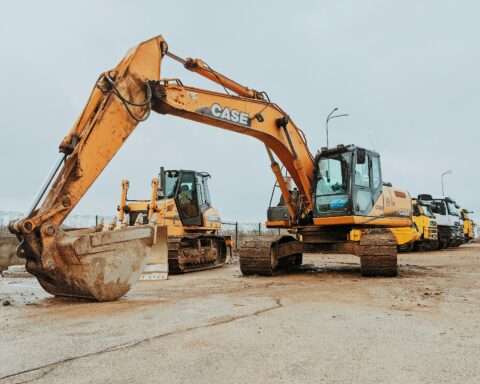This story was originally published in the Government Contracting Pipeline newsletter from Strategic Partnerships, Inc. To have the latest government contracting news stories from across the country delivered straight to your inbox, click here to subscribe.
As inclement weather sweeps across the nation with increasing intensity and frequency, most notably by Hurricanes Francine, Helene and Milton over the past 30 days, communities need up-to-date information to prepare for disaster. To provide better serve impacted and at-risk communities, the National Oceanic and Atmospheric Administration (NOAA) will spend $15.3 million to advance research for reliable, long-term climate projections and services.
NOAA will use the funds to develop transparent climate information for users to guide critical decision-making processes for infrastructure deployment, energy systems deployment and financial investments. The agency and its collaborators will use existing resources and new cloud-based computing platforms to compile and distribute these projections to users.
One of the most important aspects of NOAA’s efforts to update and improve climate projections will be its impact on climate resilience. Currently, NOAA has multiple sources of information relevant to upcoming disasters, which can make it challenging to identify which information is best to guide decision-making. The improved climate projection products and services will ensure users will have the latest, most accurate information to make informed climate resilience decisions.
Reliable and precise inclement weather information will provide people in both the public and private sectors with a clear understanding of the risks and dangers associated with upcoming disasters. These projections factor in data and risks such as heavy precipitation, temperature extremes, drought and coastal flooding. The projects will incorporate dynamic information on weather patterns, keeping communities up to date on how they might change in upcoming years.
NOAA researchers will collaborate with key decision-making groups that specialize in a wide array of natural disasters to develop customized climate information. The resulting information will help communities plan for disaster and build resilient infrastructure.
Image courtesy of Mike Trenchard, Earth Sciences & Image Analysis Laboratory, NASA Johnson Space Center., Public domain, via Wikimedia Commons













